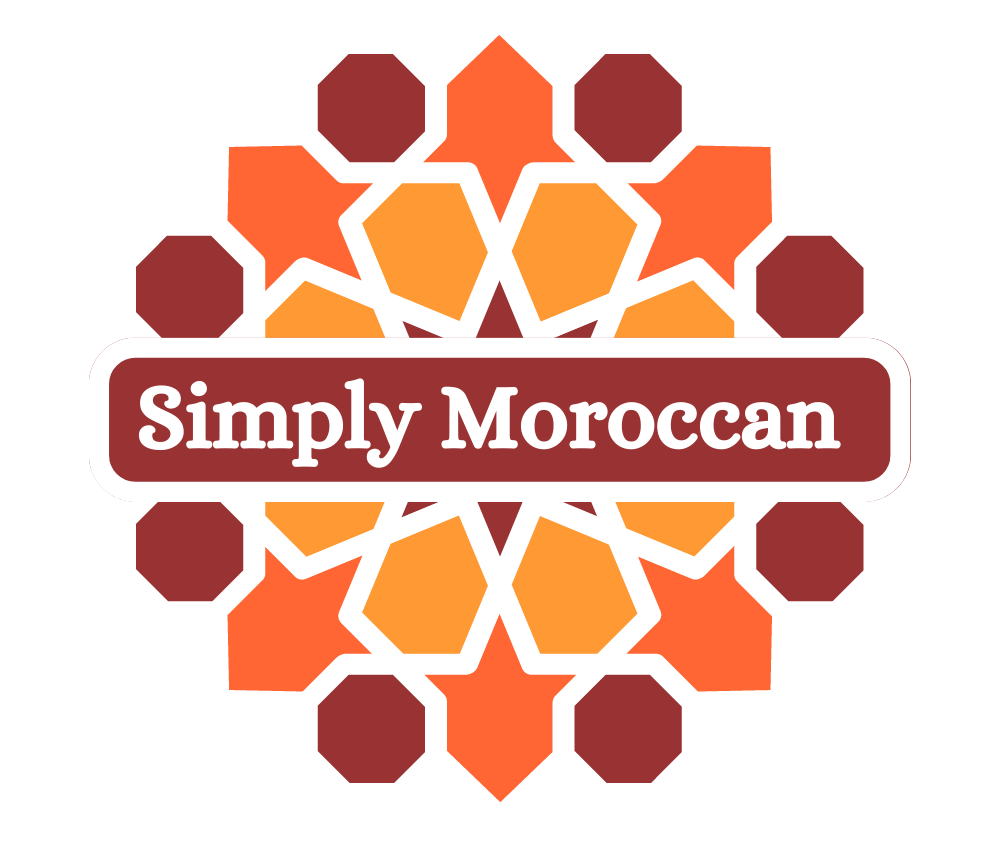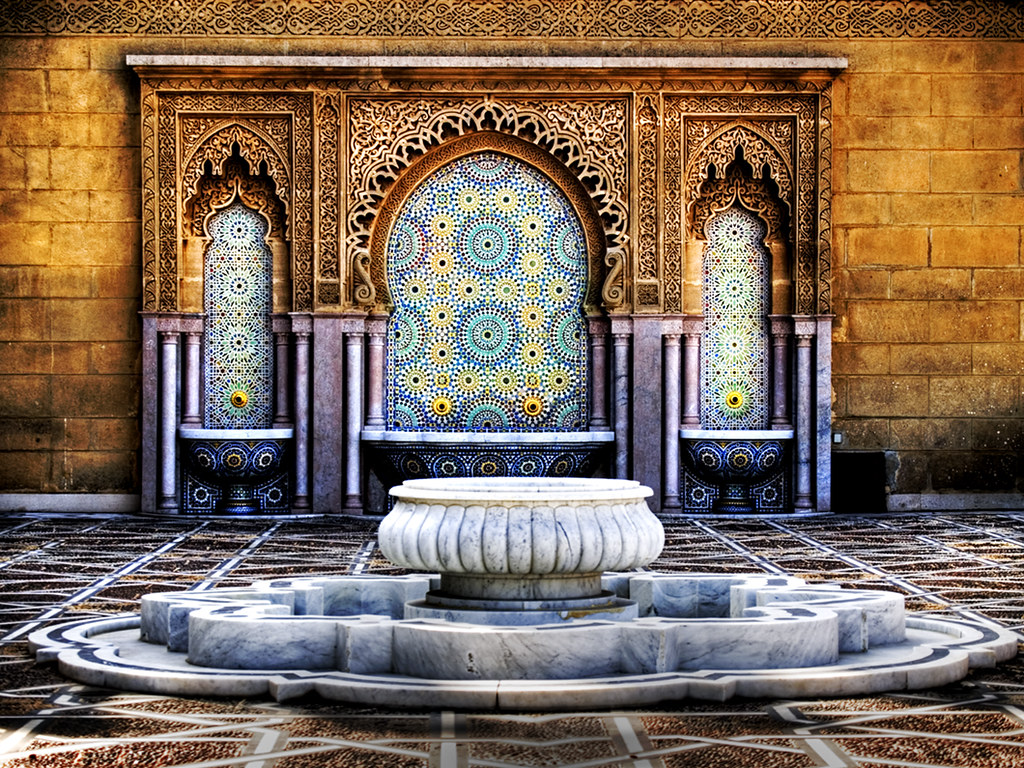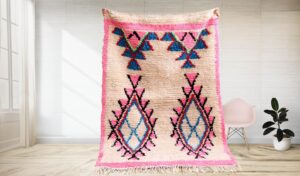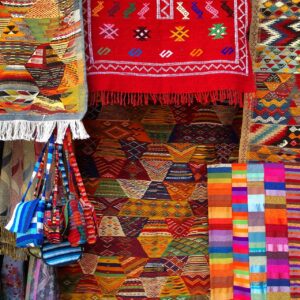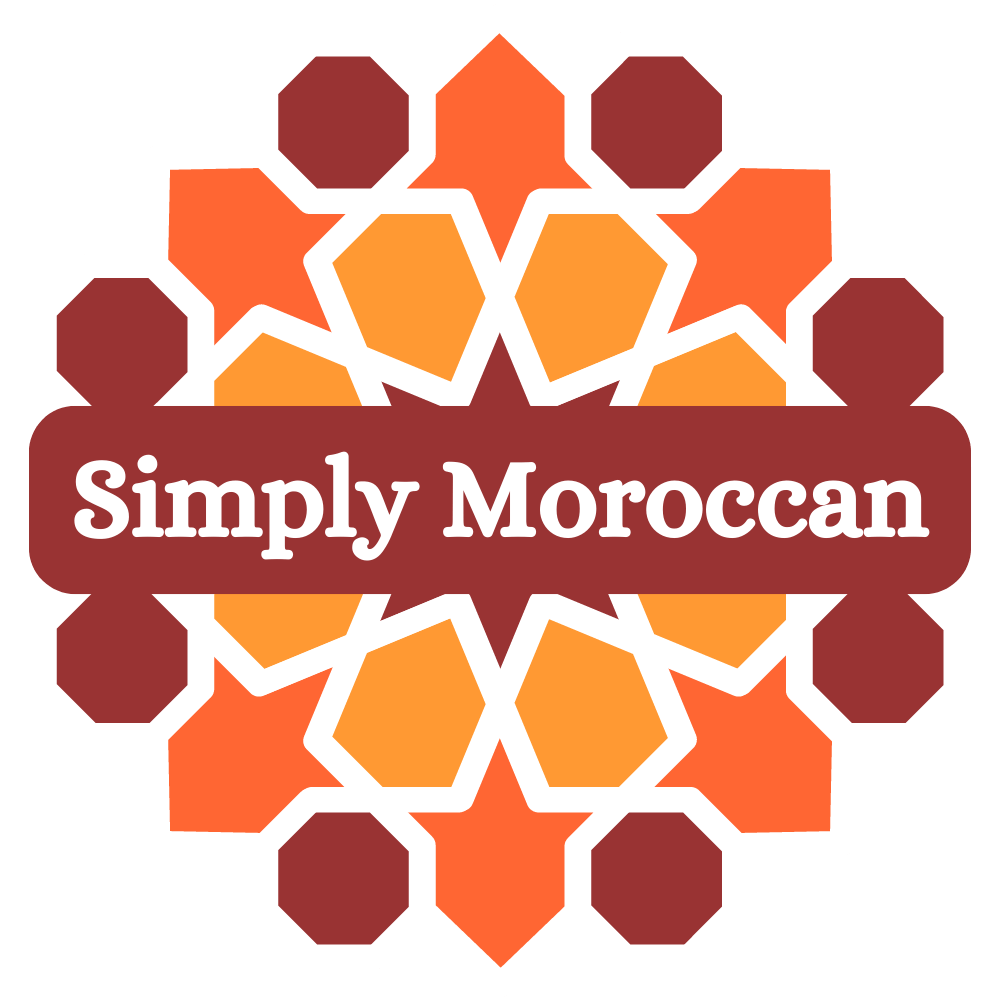Morocco is one of the African countries where water features occupy a privileged place both inside homes and in the garden. They provide calm and freshness.
The different styles of fountains mainly characterize Moroccan cities and their expansion now extends to the planetary scale to inspire all fans of a fountain for an ethnic atmosphere.
No one can deny that garden fountains are very trendy. wall or central fountain they appeal to the happy owners of a garden.
In Morocco, this old tradition is actively maintained in Marrakech. Discreet or thrilling, Moroccan garden fountains will without any doubt transform your garden. The harmony that emerges from these wall fountains is the result of precision work.
In order to make fountains, the Zellige artisans will use templates to build a fountain without risking breaking the harmony of shapes.
A fountain template is a metal structure in the shape of a fountain. Zellige tiles are affixed directly to the template and placed upside down. The cement will come to cover the tiles and will constitute the fountain.
As you might have guessed, the artisans who assemble the zellige tiles only discover their work at the end of the process, when the fountain is completed. The decorative patterns are worked out from memory by the craftsman.
Wall or central fountains are sometimes fed by water from a spring. These fountains are referred to by the term Skaya. This means that the water can be consumed, thanks to the purity of the water in Morocco. These fountains were numerous in Marrakech.
These Skaya fountains often adopt the style of the fountains of Salé, a Moroccan city located north of the capital Rabat.
This type of wall fountain is assembled on site from stone blocks and zellige tiles. Two to three zellige artisans will be mobilized on the project. The construction can be spread over 3 weeks or more depending on the complexity of the patterns and the size of the fountain.
